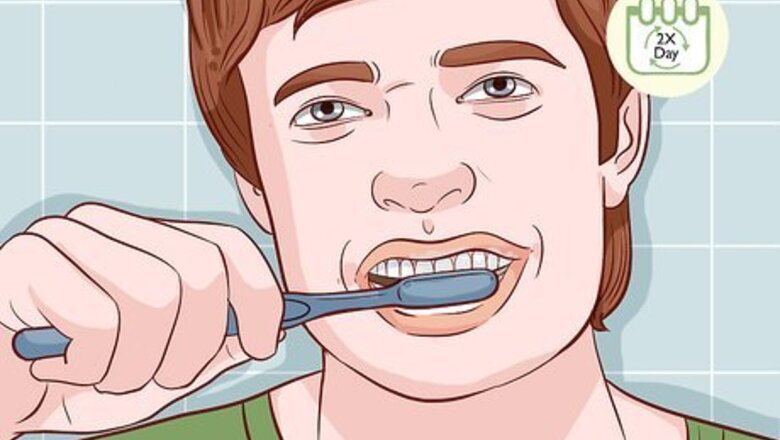
views
Maintaining Good Oral Hygiene
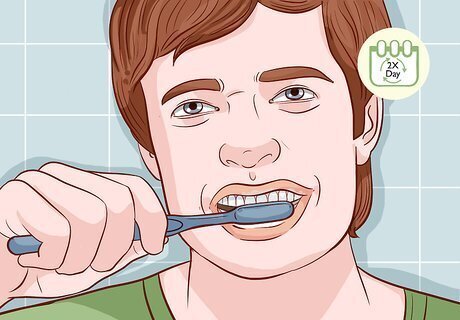
Brush your teeth twice a day for 2 minutes at a time. Brush your teeth daily to remove plaque as it forms so that it doesn't turn into hardened tartar that usually has to be removed by a dentist or hygienist. Try to brush your teeth at least twice daily for 2 minutes at a time, making sure to get around your gums and tongue as well.Tip: Using an electric toothbrush will help get rid of even more plaque than a normal toothbrush will.
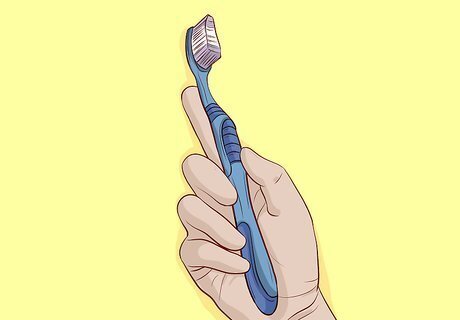
Replace your toothbrush every 3 months. The bristles on your toothbrush aren’t made to last forever, so they will wear down over time. Plus, bacteria can build up on your toothbrush, making it ineffective. Make sure you replace your toothbrush every couple of months or anytime you notice the bristles starting to wear out. Choose soft-bristled brushes to avoid damaging your gums or enamel.
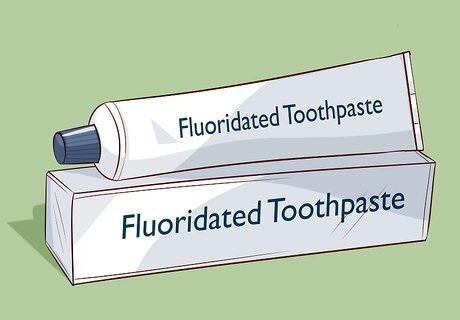
Use a fluoridated toothpaste. There are many different kinds of toothpaste, and some work better at removing plaque and tartar buildup than others. Fluoridated toothpaste helps strengthen your tooth enamel and lessen the risk of decay and other tooth problems, including plaque. Fluoride is a naturally occurring ingredient that is safe for consumption and personal use in small amounts. It is actually added to most drinking water to help prevent tooth decay. Although baking soda and hydrogen peroxide toothpaste is sometimes recommended for getting rid of plaque, the best way is to buy a fluoridated toothpaste.
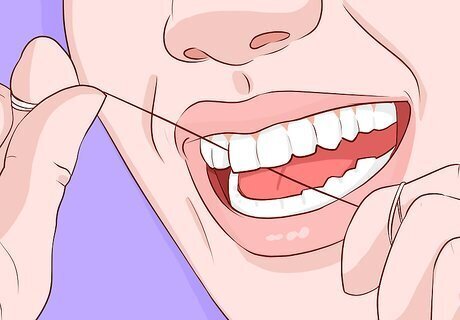
Floss once a day. Hold a piece of floss in between your fingers and thread it between 2 of your teeth. Wiggle the floss around a little bit until you reach your gum line, then pull the floss out. Do this to all of the spaces in between your teeth at least once a day. If you have trouble with plaque, you may need to floss twice a day. Follow your dentist’s recommendations.
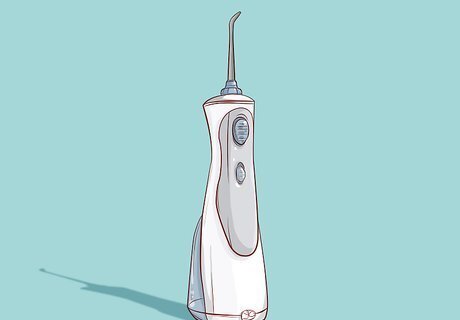
Try a water flosser if you have trouble flossing. Getting in between your teeth can be difficult with traditional floss, especially if you have braces or other orthodontic work. Try using a water flosser once a day to clean food and plaque out from in between your teeth by aiming the nozzle in between each of your teeth and your gum line. WaterPik makes a few different types of water flossers that are certified by the American Dental Association.
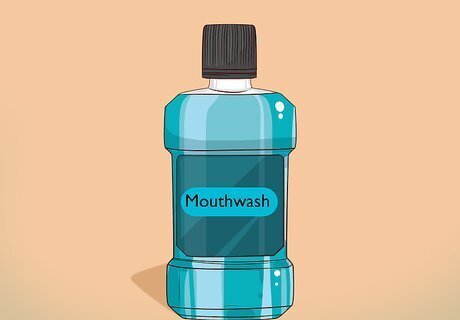
Use mouthwash once a day. Mouthwash that contains fluoride helps to remove any plaque or bacteria that you might have missed during brushing or flossing. Swish a capful of mouthwash around your mouth for 30 seconds after you brush your teeth, then spit it out. Look for a mouthwash with cetylpyridinium chloride, chlorhexidine, and fluoride in the ingredients.
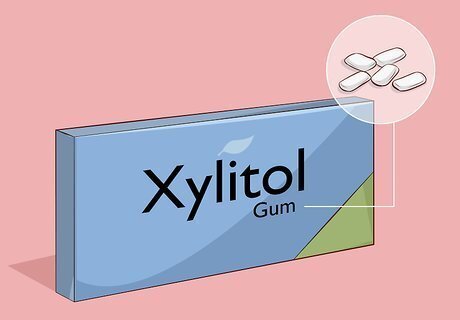
Chew gum with xylitol to prevent cavities. Chewing gum increases your production of saliva, and gum with xylitol in it doesn’t contain sugar that may cause cavities. Try chewing a piece of xylitol gum for about 20 minutes after your meals to wash away bacteria in your mouth. Try to find gum with the American Dental Association, or ADA, seal on it to ensure it is sugarless.
Making Dietary Changes
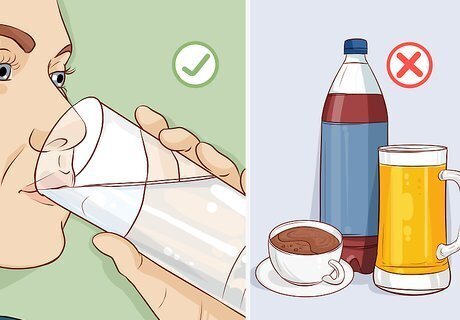
Drink water instead of drinks that contain sugar. Soda, coffee, tea, and alcohol all contain sugar that sticks to your teeth and can create more plaque. Try to stay hydrated by drinking water whenever you are thirsty, and limit the number of sugary drinks you consume.Tip: Drinking water to stay hydrated is also great for your overall health.
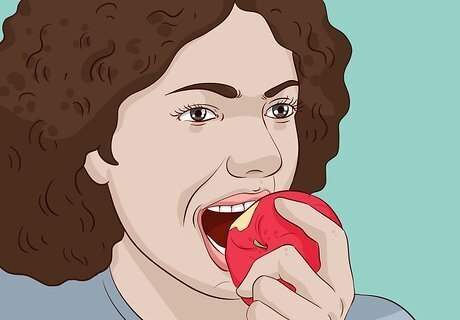
Eat crunchy vegetables and fruits to clean your teeth. Celery, apples, broccoli, carrots, and grapes are all great options to incorporate into your diet. The high water value in most fruits and vegetables helps to balance out your sugar levels, and their chewiness helps to stimulate saliva production in your mouth to wash it out. Try to eat 4 servings of fruit and 5 servings of vegetables per day to maintain a healthy diet.
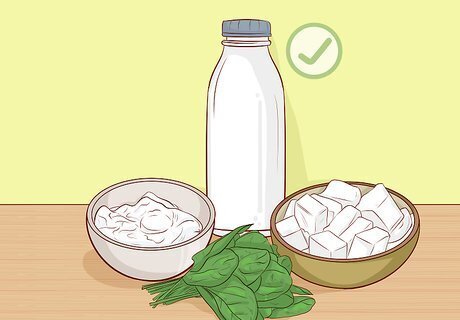
Incorporate calcium into your diet. Cheese, milk, yogurt, tofu, and leafy greens all contain high calcium contents without a lot of sugar. Calcium helps to strengthen your teeth to prevent cavities and decay, and the low sugar content in these foods will prevent plaque from building up. Try to get about 1,000 mg of calcium per day to maintain a balanced diet.
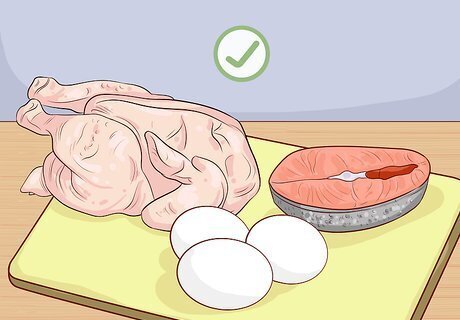
Choose lean protein to increase your phosphorus levels. Poultry, fish, eggs, and milk all provide protein that is essential for your body. These foods all contain high levels of phosphorus, which is essential in keeping your teeth strong and healthy. Try to eat about 56 kg of protein per day for a balanced diet.
When to Seek Medical Care
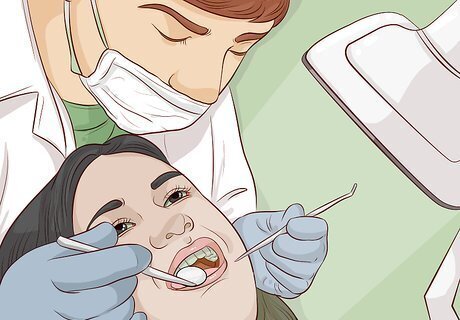
Visit your dentist once or twice a year at least. One of the best ways to treat and prevent plaque buildup is to visit your dentist regularly. While most dentists recommend getting a checkup and cleaning 1 to 2 times per year, your dentist may suggest more frequent checkups if you have dental health issues.Tip: Schedule your next appointment while you are at the dentist to stay on schedule for your cleanings. In addition to cleaning your teeth, your dentist can also spot signs of dental decay or gum disease that you might not have noticed.
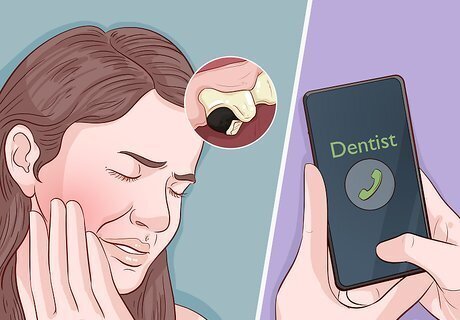
Call your dentist if you have symptoms of tooth decay. Plaque buildup can lead to cavities. If you think you might have dental decay or a cavity, see your dentist as soon as you can. They can treat the cavity before it gets worse and causes more serious problems. Common symptoms include: Pain in your teeth or gums Tooth pain or sensitivity when you consume cold, hot, or sugary foods or drinks Visible holes or black, brown, or white spots on your teeth Pain when you bite or chew
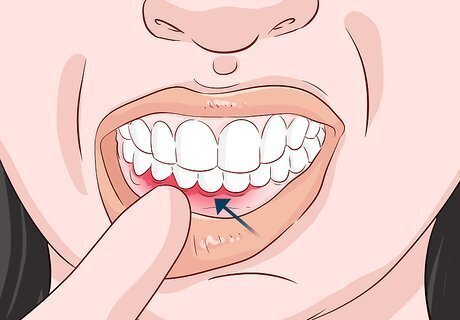
Make an appointment if you notice signs of gum disease. In addition to cavities, plaque buildup can also lead to infections in your gums. If untreated, gum disease can lead to tooth loss or serious illness. See your dentist as soon as possible if you have symptoms of gum disease, such as: Red or swollen gums Pain or tenderness in your gums Gums that bleed easily Gums that pull away from your teeth Teeth that feel loose Bad breath














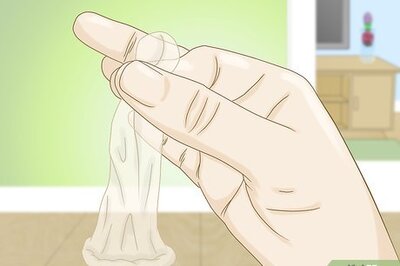



Comments
0 comment